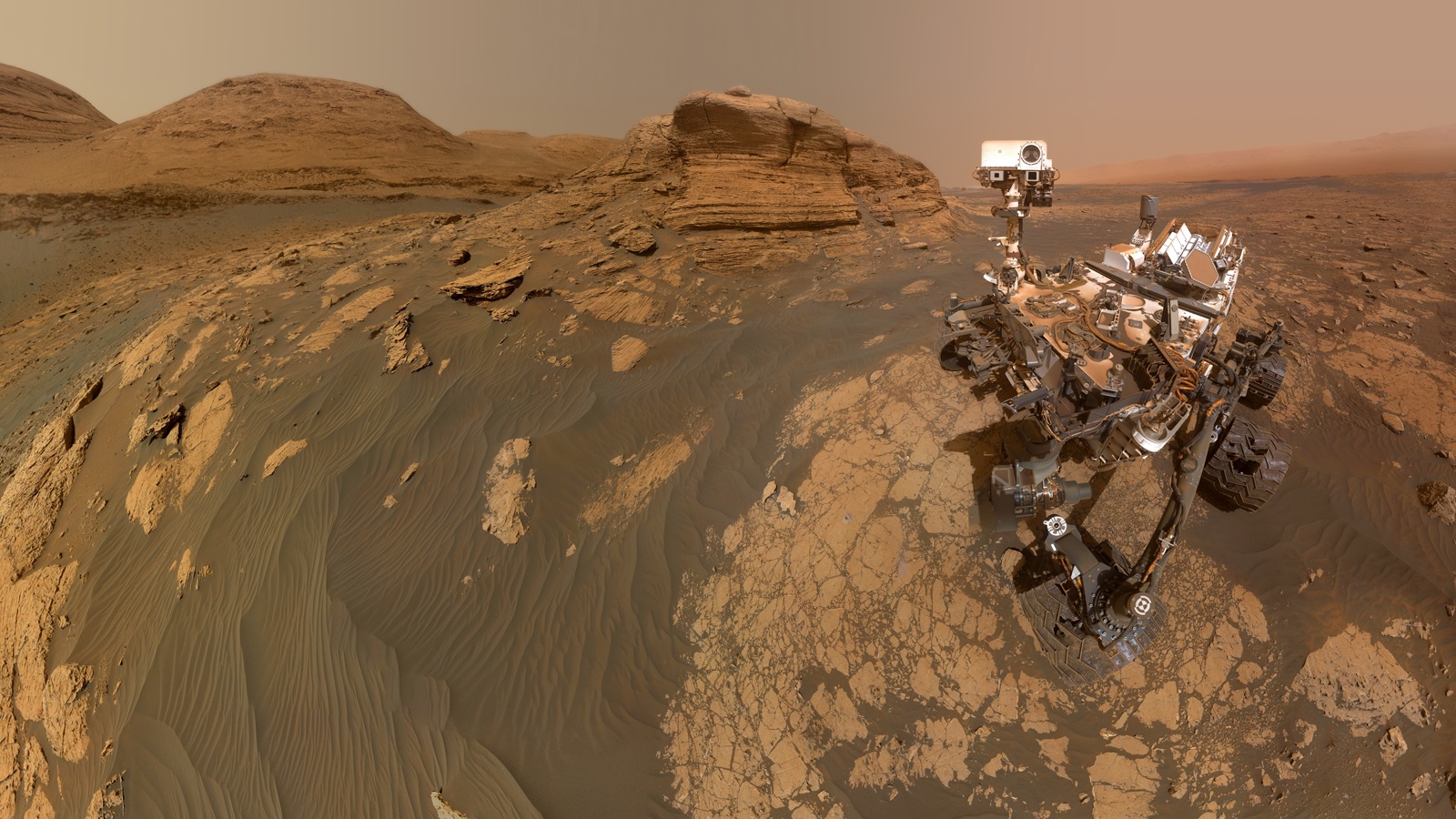
Jack Loughran Fri 26 Jul 2024
Collected at: https://eandt.theiet.org/2024/07/26/martian-rock-discovered-contains-signs-microbial-life
Nasa’s Perseverance rover has analysed a rock on Mars that has “some indications” it may have hosted microbial life billions of years ago.
The vein-filled, arrowhead-shaped rock was nicknamed “Cheyava Falls” by the Nasa team.
In an analysis by Perseverance’s instruments, it found the rock exhibits chemical signatures and structures that could possibly have been formed by life billions of years ago when the area being explored by the rover contained running water.
But other explanations are also being considered and future research steps will be required to determine whether ancient life is a valid explanation.
The rock was collected on 21 July, as the rover explored the northern edge of Neretva Vallis, an ancient river valley measuring 400 metres wide that was carved by water rushing into Jezero Crater long ago.
To determine which rocks to analyse, the rover used its SHERLOC (Scanning Habitable Environments with Raman & Luminescence for Organics & Chemicals) instrument to find samples that contain organic compounds. While such carbon-based molecules are considered the building blocks of life, they also can be formed by non-biological processes.
The rock, which measures about 1 metre by 0.6 metres, also contains large white calcium sulphate veins with bands of reddish material interspersing them which suggests the presence of hematite, one of the minerals that gives Mars its distinctive rusty hue.
When Perseverance took a closer look at these red regions, it found dozens of irregularly shaped, millimetre-size off-white splotches, each ringed with black material, akin to leopard spots. Perseverance’s PIXL (Planetary Instrument for X-ray Lithochemistry) instrument has determined these black halos contain both iron and phosphate.
“We have designed the route for Perseverance to ensure that it goes to areas with the potential for interesting scientific samples,” said Nicola Fox, associate administrator at Nasa headquarters in Washington. “This trip through the Neretva Vallis riverbed paid off as we found something we’ve never seen before, which will give our scientists so much to study.”
The Mars 2020 Perseverance mission is part of Nasa’s Moon to Mars exploration approach, which includes Artemis missions to the Moon that will help prepare for human exploration of the Red Planet.
Perseverance has a similar design to its predecessor rover, Curiosity (pictured above), although it was moderately upgraded. It carries seven primary payload instruments, nineteen cameras, and two microphones.
Nasa originally planned to return samples of Martian soil back to Earth as part of another mission originally expected to launch in 2028. However, earlier this year, it put these efforts on hold until it could find a cheaper way to do it.

Leave a Reply